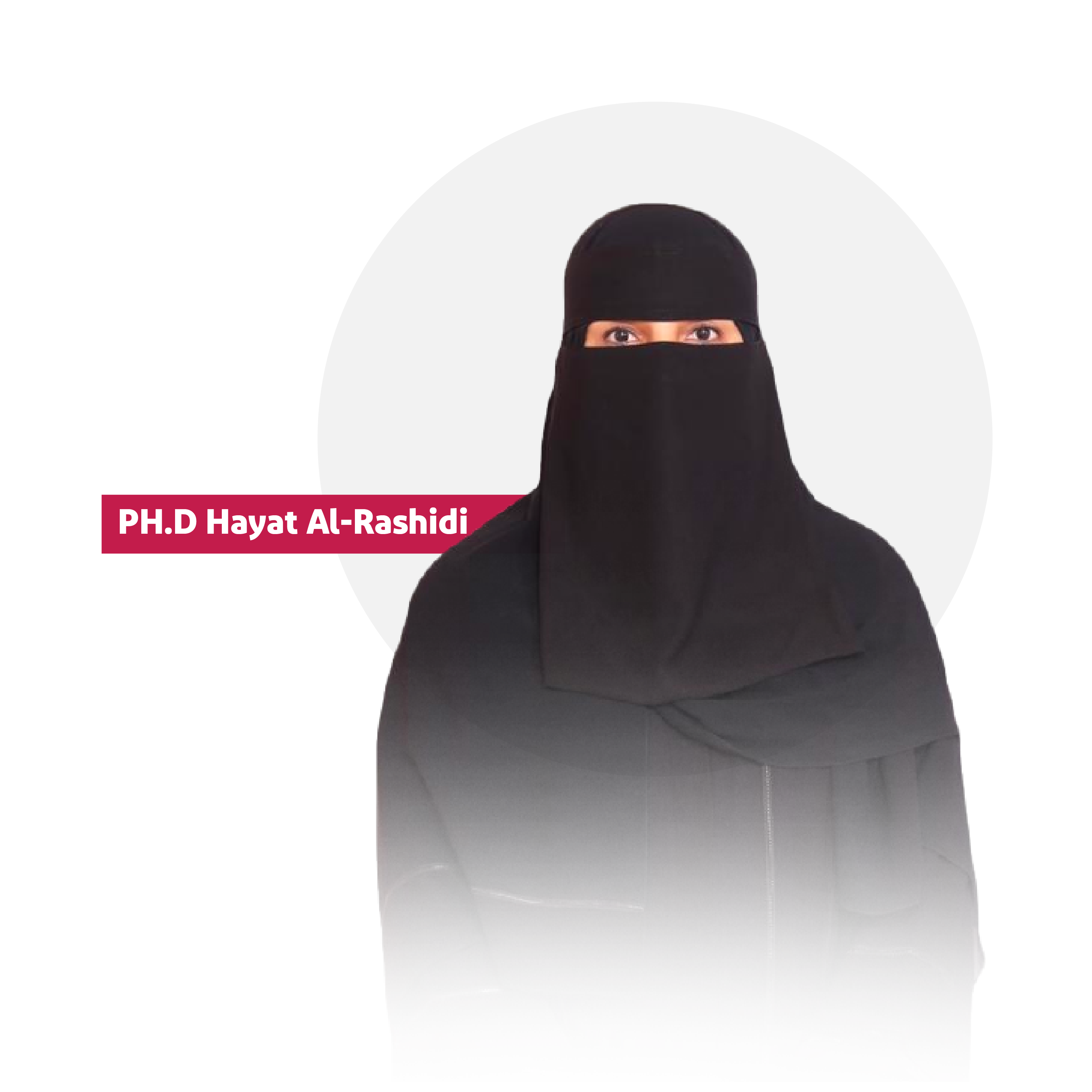
The Ottomans and Sufism
Ekmeleddin İhsanoğlu states that the ruled’s narration and the chronicles of the Islam concept or its interpretation, differs from the ruler’s, meaning that the ruled considers it a way of life in which he believes and he is destined to follow its instructions, but the ruler’s perception and his reign is a different matter, as he represents the policy adopted by the State, and therefore this concept is explained and supported as well as the circumstances of Ottoman Empire are justified.
It is called “religious history of Ottoman Empire,” and this is an exotic matter!
In his study of the Ottoman Empire and Islam, he presents several types:
1- The State’s publicized conception of Islam (publicized Islam).
2- People’s concept of Islam the (traditional Islam).
3- Islam in books (The Islam of Revelation or Jurisprudence Islam “Shari’a”).
4- The Mystic Islam (the Sufis’ concept of Islam “Tekyeh”).
The Ottoman Empire was established on the principles of Sufism. Does Sufism have a role in spreading Islam?
his is a question raised by researchers etc., where some of them considered Sufism a part of Islam and others considered following Sufism, is one of the reasons for the fall of the State, and they demonstrate that as the greatest deviation that occurred in the history of the Islamic nation, the emergence of deviant Sufism, as an organized force in the Islamic community, carrying beliefs and ideas supported by rituals and acts of worship that are far from the Qur’an and the Sunnah of His Messenger Mohamed, may Allah bless him and grant him peace, the effect of the deviant Sufism had grown drastically and their influence increased in the late Ottoman era.
Sufism applies philosophical approaches to its rituals, such as Buddhism, Hinduism, etc. and if we review The Mystic Islam (the Sufis’ concept of Islam “Tekyeh”), for example, Ekmeleddin İhsanoğlu surveys its development phases (heretical and rational), and confirms that this phenomenon can be clearly traced through the People’s concept of Islam, and then he explains that it has spread and shaped his mentality and way of life. According to him, it spread among all Muslims throughout the country with a philosophical perspective.
Sufism spread in the Abbasid Caliphate, but it was an isolated part of society. However, during the Ottoman Empire, particularly in Turkey, it prevailed in the community and was demonstrated as the religion. In the last two centuries in particular, the below exotic statement spread -: He who does not follow a Sheikh, the devil shall guide him! According to the public, it became their gate to religion, and the righteous method to perform the practices of religion.
Ekmeleddin İhsanoğlu’s interpretation, raises questions for the readers, when he presents the interpretation of Islam according to Sufis’ concept that he explains that the Sufi ideology did not strengthen its link with the central authority, as the other methods did such as the Mevlevi, the Khalwati, the Jalwati and Naqshbandi orders.
The Ottoman and Sufis’ concept of Islam “Tekyeh” formed a parallel concept of Islam, which had circles close to the central authority, and Ekmeleddin İhsanoğlu asserts that it adheres to the doctrine of the Sunnis. Up to the eighteenth century, The Ottoman and Sufis’ concept of Islam “Tekyeh” was in a good shape and well-organized.
The aforementioned facts that have been explained and mentioned above may be a philosophical discussion, as for that topic and its discussion needs a lot of awareness to understand the extent of Sufism’s penetration into society, the phenomenon that Ekmeleddin İhsanoğlu called “the Ottoman and Sufis’ concept of Islam “Tekyeh”. Tekyeh, as it was commonly defined and explained, means a place where Dervishes, also called, the Murids gathered. Basically, the Tekyeh was established by the Ottomans to take care of those without a breadwinner, those who could not earn a living, the disabled, the incapacitated elderly, the helpless widows who could not earn a living, as well as the poor, wayfarers and passersby who could not find shelter in the country by which they passed. As Sufism spread, some of the Tekyeh became the place where the Dervishes reside, and spend their time in worship and performing their rituals, and the dhikr, which was often accompanied by Sufi Circle dance and Sufi music. With the decline of the schools’ role in the Ottoman era, the Zawiyas and the Tekyehs prospered, and the number of Sufis and Dervishes increased. They turned out to be a refuge for the poor through the eras. After the First World War, Mustafa Kemal Atatürk banned religions and demolished many Tekyehs, converted some of them into museums and closed the rest.
This ban during Mustafa Kemal Atatürk’s reign only reflects its spread through the Ottoman Empire in huge numbers, so was the case with the rest of the Arab States that were suffering under Ottoman colonization and control.
Finally, one of the researchers in Ottoman history mentioned that many of the Sultans of the Othman family used to support Sufis and bestow their favors upon them, until Sultan Abdul Hamid came to the throne of the Sultanate in difficult circumstances, plots were being hatched for the nation, disasters and tribulations surrounded it from everywhere, and advocates of nationalism announced and spread their approach through the rest of the country. Consequently, he called for the formation of the Islamic League and the Religious League. The Sufism in all its varieties and methods strengthened the call to the Islamic League.

